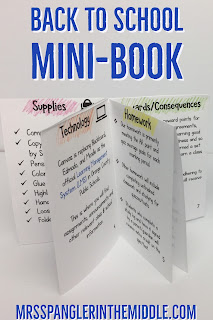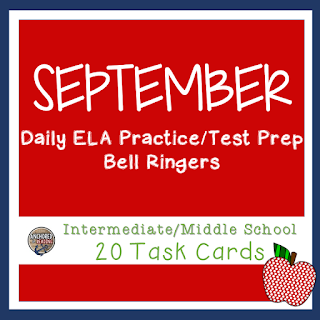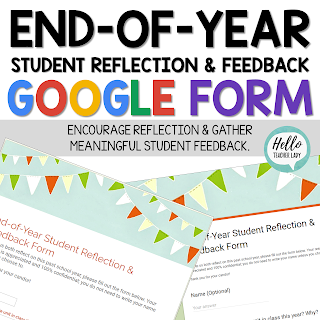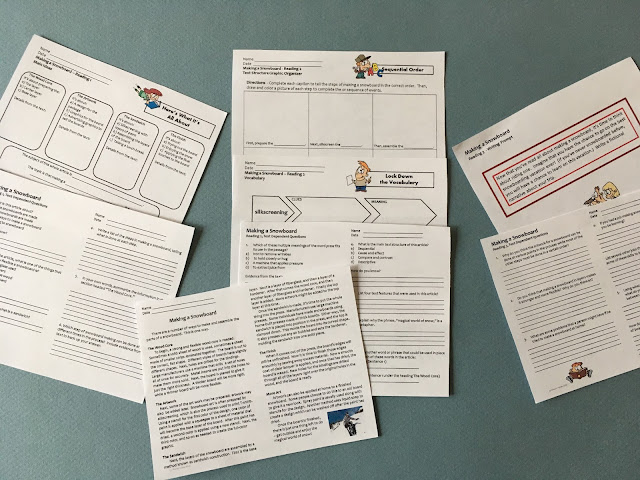The Middle School Mob has pulled together nine of our favorite back-to-school hacks, tips, and tricks. We hope you'll find a few here that will get your year off to a great start!
Getting organized
 Michele of Michele Luck's Social Studies says that this is a must for new teachers. This bundle includes everything to get the year started and to keep it moving in the right direction! It walks you through classroom organization and helps you be prepared for dealing with classroom management, teacher evaluations, lesson planning, and more!
Michele of Michele Luck's Social Studies says that this is a must for new teachers. This bundle includes everything to get the year started and to keep it moving in the right direction! It walks you through classroom organization and helps you be prepared for dealing with classroom management, teacher evaluations, lesson planning, and more!Do you need a seating chart?
Classroom organization is one of the first things that come to mind at back to school time. Desk or seating chart arrangement, along with ideas and planning for behavior management are priorities. A good seating chart template can be the saving grace for the middle or high school classroom.
Creative mini books
Lisa from Mrs. Spangler in the Middle says, "As a middle school teacher, I have to make 130 copies any time I need all of my students to have something. So if my syllabus is a couple of pages, that really adds up and I only get 2 cases of paper per year!
"This mini-book is just ONE sheet of paper for each student! And it gives the students something to do with the syllabus instead of just pretend to read it. ;) Not to mention it's creative and gives off a warm, fuzzy feel. :)
"It's also completely editable so you can pre-print all the information from your syllabus on it or have students record the important information on it. Finally, it comes with a video to show you and your students how to assemble it."
You can find her paper-saving mini book here.
Poetry anyone?
Sharon from Classroom in the Middle says, "Poems make great short readings for the first days of school, and poems about school are a classic choice for beginning of the year activities in language arts classes. Here is a list of ten good titles, as well as a few links where you can find even more. The poems range from funny to serious. Some are about school and others are about perennial middle school topics."
Create an Escape!
Looking for a novel way to keep students thinking? Lyndsey from Lit with Lyns describes how she uses a digital escape room to engage her students at the start of the school year.
Are you going digital?
If so, Shana from Hello, Teacher Lady has some great tips for you.
Shana says, "Google Classroom has been the organizational hub of my classroom for the past few years, and I'm on a mission to share the love with as many teachers as possible. Since we're in the midst of back to school season, there's no better time to start saving time, paper, and sanity. If you've been wondering about the benefits of using Google Classroom, I've rounded up the top 12 reasons why Google Classroom should be your new BFF."
Flipping for this flipbook
Stephanie from The Marvelous Middle has a great idea for helping students keep track of their syllabus.
"The school year starts off smoothly with detailed classroom policies and procedures. A classroom syllabus explains how my classroom runs and the curriculum covered during the school year," Stephanie says.
"But, my students always seemed to lose this syllabus a few weeks into the school year. This flipbook syllabus solved this problem because it is sized to be glued right inside an interactive notebook. My students no longer lose this important information. It is always at their fingertips."
Building routines with task cards
Susie from Anchored in Reading shares this idea for how to use task cards to create routines in the classroom:
"This back to school resource proves valuable in many ways. Used as a bell ringer, these task cards help you build a routine while starting each class with students on-task and working. In addition, some of the concepts are review which may be beneficial for our students getting back into the swing of things! You could also use these task cards as exit slips or informal assessment."
Creating a yearlong plan
 Marypat from Just Add Students shares this blog post with ideas of how to set up, create and use a yearlong plan for your ELA standards.
Marypat from Just Add Students shares this blog post with ideas of how to set up, create and use a yearlong plan for your ELA standards.
She says, "A yearlong plan will help you teach (all the) writing; it will save you time and energy — and help you remain accountable for what you’re expected to teach this year. When Sunday night rolls around and you're planning your week, a ylp is a lifesaver! The lessons plans practically write themselves! An additional bonus? Great for Meet the Teacher night as well!" You can find her free editable yearlong plans here.
So, what do you think? What new ideas are you implementing this year? Let us know in the comments below!
Here's to a fresh, new school year!


































